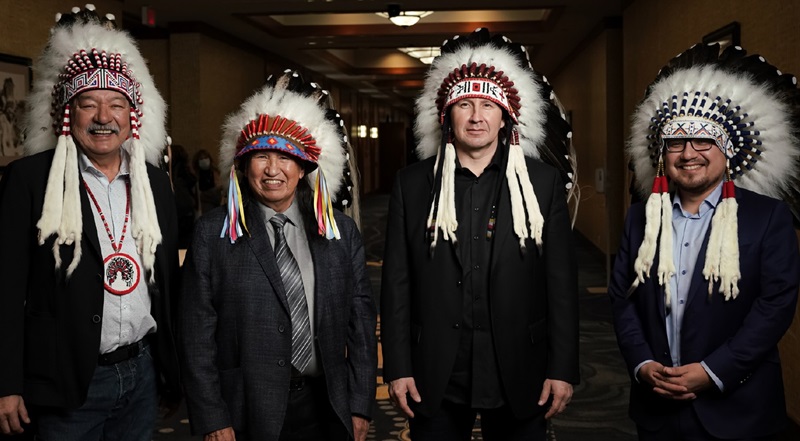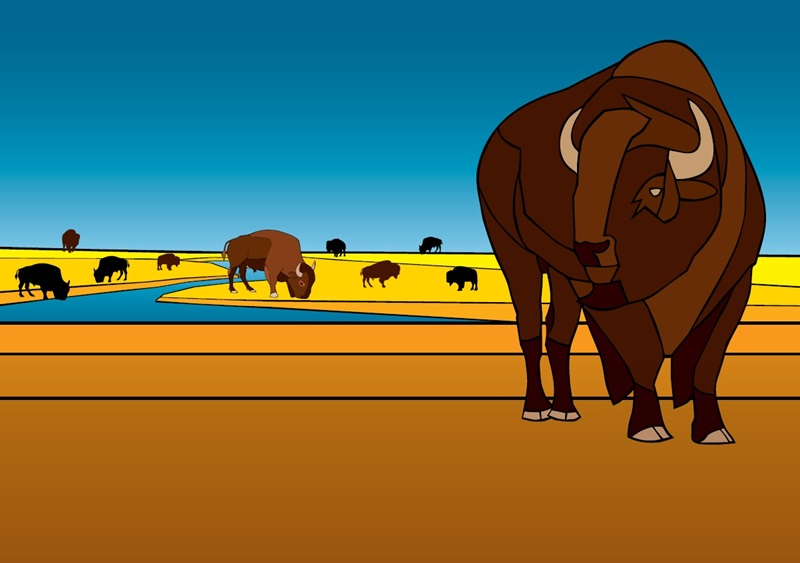In the fight against climate change, the International Energy Agency calls Carbon Capture and Storage (CCS) one of the world’s most critical carbon reduction technologies.
As countries like Canada aim to achieve net-zero emissions by 2050, the capture and permanent deep underground storage of carbon dioxide (CO2) is being touted as a vital component of global efforts to contain those emissions from heavy industrial processes, including power generation, cement production and conventional energy production and refining.
One CCS project under development is our Open Access Wabamun Carbon Hub (the Hub) to be located west of Edmonton, Alberta, Canada.
Critically, the Hub’s Indigenous partners will have an opportunity to own up to 50% of the carbon transportation and storage projects developed in connection with the Hub. This openness to co-own and co-develop the assets is ground-breaking. These projects will create long-term, stable revenues for local Indigenous groups.
The Hub would support recently announced carbon capture projects by Capital Power Corporation and Lehigh Cement, which represents an opportunity to avoid nearly four million tonnes of atmospheric CO2 emissions—the equivalent of taking more than 1.2 million cars off the road annually.
“This path creates an opportunity to generate wealth, but more importantly it allows sustainable economic sovereignty for our communities. We are creating a healthy future for the next seven generations to thrive.
We're looking forward to working with industry leaders who share our values of environmental stewardship and to collaborate with Enbridge on world-scale carbon transportation and storage infrastructure investments.”
—Chief George Arcand Jr., Alexander First Nation
 From left to right, Chief George Arcand Jr. (Alexander First Nation), Chief Arthur Rain (Paul First Nation), Chief Tony Alexis (Alexis Nakoda Sioux Nation), and former Chief Billy Morin (Enoch Cree Nation) of the First Nations Capital Investment Partnership, partners with Enbridge to pursue ownership in future carbon transportation and storage projects.
From left to right, Chief George Arcand Jr. (Alexander First Nation), Chief Arthur Rain (Paul First Nation), Chief Tony Alexis (Alexis Nakoda Sioux Nation), and former Chief Billy Morin (Enoch Cree Nation) of the First Nations Capital Investment Partnership, partners with Enbridge to pursue ownership in future carbon transportation and storage projects.
The Hub will remain open access for other nearby capture projects and once built, will be one of the world’s largest integrated carbon transportation and storage projects, effectively doubling the amount of CO2 captured and stored today in Canada.
Engagement and dialogue about the Hub started early with Indigenous groups—even before the project was a project. The initial conversations took a “blank sheet of paper” approach and focused on opportunity and what could be. Through listening, learning, and acting in parallel, a partnership on the journey along this energy transition and in advancing carbon reduction, was formed.
In February 2022, Enbridge and the First Nation Capital Investment Partnership (FNCIP) announced a partnership agreement to advance the Hub. The FNCIP was formed by four Treaty 6 Nations—Alexander First Nation, Alexis Nakota Sioux Nation, Enoch Cree Nation, and Paul First Nation—to pursue ownership in major infrastructure projects with commercial partners who share Indigenous values. The Hub is the FNCIP’s first partnership. The Lac Ste. Anne Métis community will also have an opportunity to pursue ownership in future carbon transportation and storage projects with the Hub.












